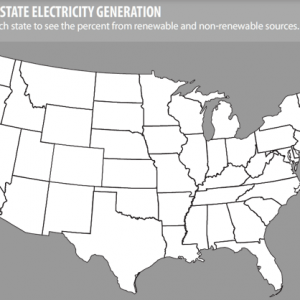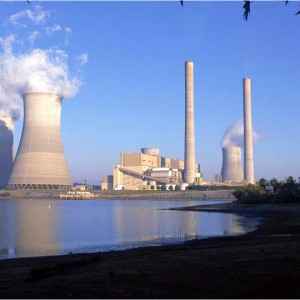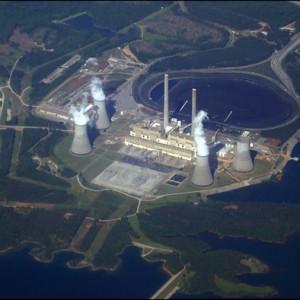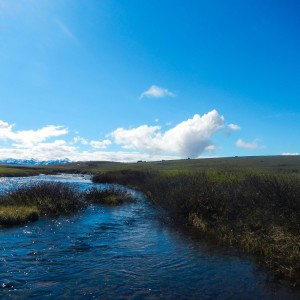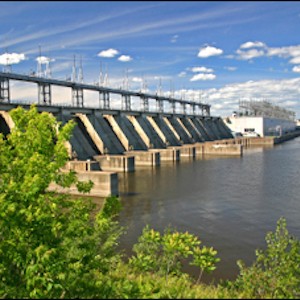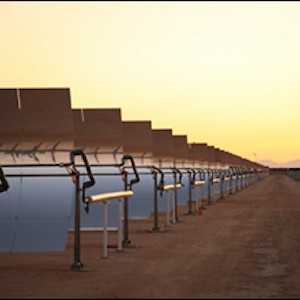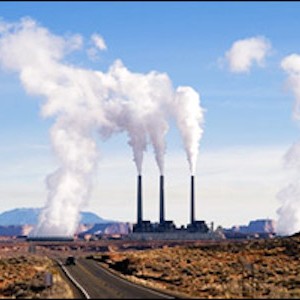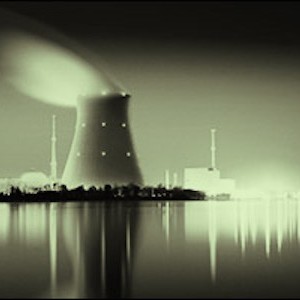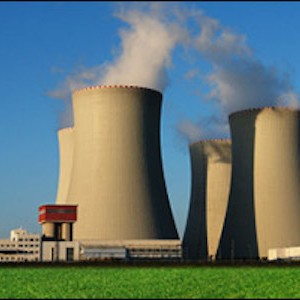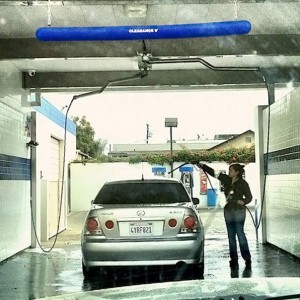Electrical generation in the United States uses more water than any other economic sector except agriculture. Half of the 410 billion gallons of water withdrawn daily from rivers, lakes and streams is used to cool coal, gas, biomass as well as nuclear power plants. Some eight billion gallons a day is consumed in mining coal, producing natural gas and through evaporation.
Many regions of the country face a significant choke point at the place where rising demand for electricity—30 percent by 2035, according to the Energy Department—meets diminishing supplies of fresh water. The Southeast, Southwest and Rocky Mountain West are already experiencing the pain as swift population growth collides with lower freshwater reserves.
Global climate change is reducing moisture in the West and producing erratic periods of severe drought and flooding the South.
Further complicating matters is the nation’s steady move to eventually require fossil fuel-burning power plants to install carbon capture and storage technology that would increase water use up to 90 percent in some coal-burning plants, according to the National Energy Technology Laboratory. Even highly-touted non-carbon energy sources such as nuclear and concentrated solar thermal need water to operate. Options for less water-intensive electrical power exist, such as wind and solar photovoltaics, but each have their own drawbacks including slow rates of adoption and the need for new powerlines that often are opposed by communities.
Scientists and technical specialists predict that water withdrawals will decrease and but water consumption will rise as more expensive, yet less water-intensive wet cooling systems become more prevalent. The shift will still increase competition for already scarce water supplies.
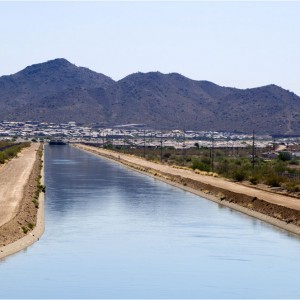 https://www.circleofblue.org/wp-content/uploads/2010/10/Canal-Near-10001.jpg
664
1000
Brett Walton
https://www.circleofblue.org/wp-content/uploads/2018/06/Circle-of-Blue-Water-Speaks-600x139.png
Brett Walton2010-10-11 15:49:512016-03-10 13:29:05The Rising Cost of Settling the American Desert
https://www.circleofblue.org/wp-content/uploads/2010/10/Canal-Near-10001.jpg
664
1000
Brett Walton
https://www.circleofblue.org/wp-content/uploads/2018/06/Circle-of-Blue-Water-Speaks-600x139.png
Brett Walton2010-10-11 15:49:512016-03-10 13:29:05The Rising Cost of Settling the American Desert
